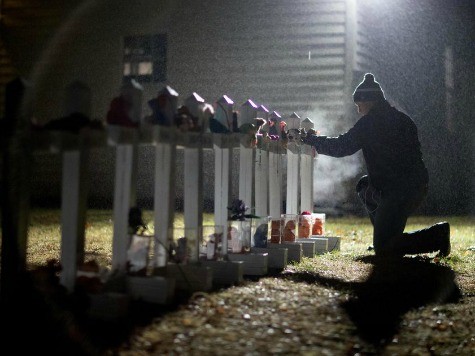
The wrenching tragedy in Connecticut last week led to much national coverage of gun violence. Not mentioned in most of the coverage is the fact that the U.S. is experiencing a 50-year-low in murders nationwide.
Murder rates are measured by the number of deaths per 100,000 people, which allows comparisons to be made independent of the overall population. In 2011, the U.S. murder rate was 4.8 per 100,000, the lowest since 1963, when the rate was slightly lower at 4.6 per 100,000.
While last year wasn’t the lowest rate in our history, it is near the low end of the range over the last 100 years. The peak homicide rate in the recent past was in 1980, when the murder rate hit 10.2 per 100,000. By contrast, in 1957 the murder rate dipped to the lowest level of the 20th century, just 4.0 per 100,000.
A graph of murder rates over the last 60 years looks like a bell curve. Violence began to boom in the mid-1960s, then began a steady drop in the 1990s, which has generally continued to today. This coincides with the rise and decline of the baby boomers.
Despite no national statistics being kept during the 19th century, historians agree the murder rate was often far higher then. Roger Lane, a Haverford College history professor, tells the Washington Post, “The highest murder rate in national history was between 1846 and 1887,” and that’s excluding the more than half-a-million Americans who died in the Civil War.
Estimates of crime rates from even earlier in US and European history suggest a long, steady decline since the 13th century. Opinions are mixed as to all the factors that have contributed to the long decline, just as they are over why, despite the recession and increasing violence in our media, crime has dropped to historic lows in the last few years.

COMMENTS
Please let us know if you're having issues with commenting.